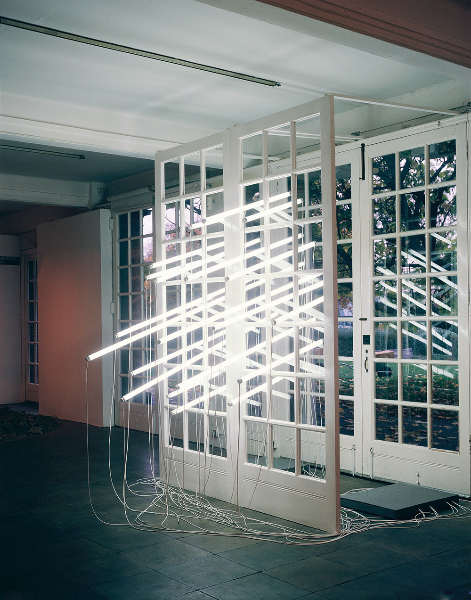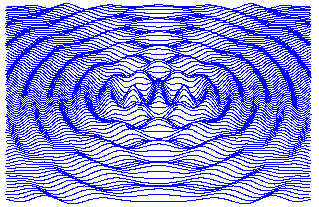 |
| Bill Culbert - An Explanation of Light (1984) |
Ask yourself: what does this piece explain (if anything) about the physical nature of light? Furthermore, what can art do to the function and meaning of an object?
Art behaves and explores topics very differently than science. Artists can be as ambiguous as they like (if they like), they invite open interpretation in an individual’s theoretical framework, as well as without a framework. Art is free to be totally ambiguous and misleading, it can mean whatever the viewer thinks or wants it to mean as well as what the artist intended it to mean at the same time. Is falsifiability impossible in establishing meaning in art? Is there a spectrum of this impossibility (if any at all) if we include illustration and information design?
As for science, although experiments, theoretical reasoning and discourse can yield very ambiguous and strange results, the way scientists invite interpretation is concerned with inviting contestation and matching an interpretation against a distinct, descriptive, theoretical framework based on mathematics, logic, empiricism and falsibiablility.
Where and how can art and science overlap? How (if at all) do they both attempt to repudiate the notion of universal facts and truths? Both art and science are concerned with critical enquiry i.e. re-think this light bulb as a functional object , re-think its properties or re-think the physical nature of light. How do both art and science contest epistemological justification, representationalism, and the notion of epistemic objectivity?
– Jennifer










